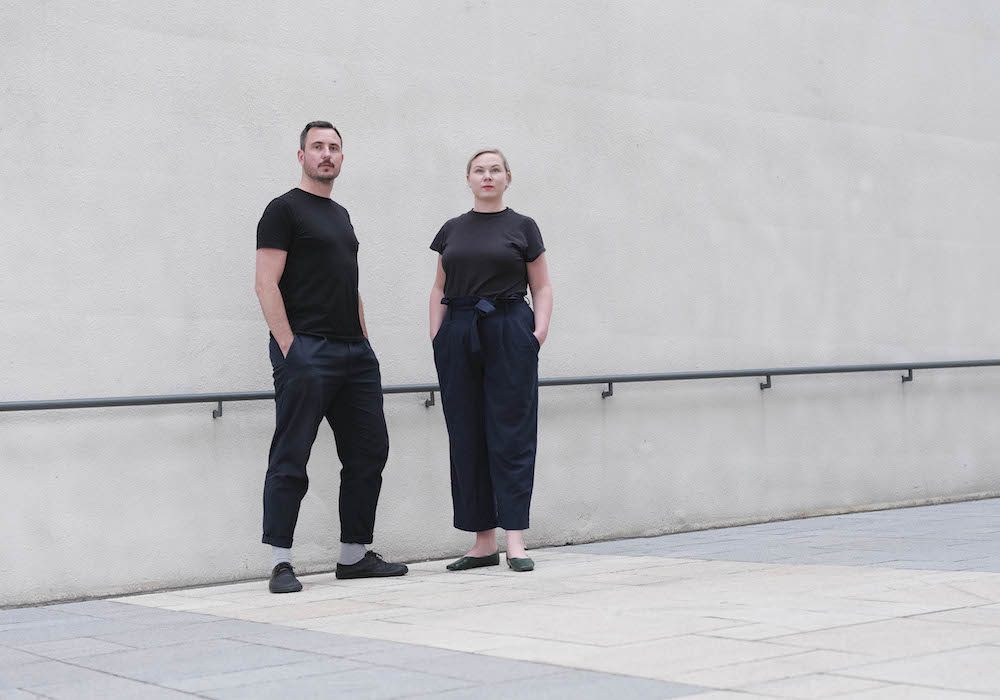Since it’s launch in 2017, Dan Mariner and Marianne Bjørnmyr’s NŌUA has gone from studio space to cultural hub
A full season has elapsed – over four months – since I first met with NŌUA founders Dan Mariner and Marianne Bjørnmyr [left] in Bodø, Norway, north of the Arctic Circle. The then-ebbing summer, with days warm enough to picnic on the shore, has become the full tilt of winter, conceding all but 50 minutes of daylight to its 55,000 residents, who now proceed under a blanket of snow.
But this is no deterrent to the pair, whose passion for NŌUA – the Institution for Contemporary Photography they established in 2017 – will surely burn through the coldest and darkest of winters. Restored from a 1940s-era grocery store, the space comprises a street-level photobook cafe, announced by a marbleclad frontage and elegant timber bookshelves, and an upstairs gallery, flooded by light from soaring metalframed windows. Seminars, artist talks, workshops and bar nights accompany a rotation of exhibitions from Norwegian and European artists, in turn reflecting the breadth of its audience. In the days before we last spoke, NŌUA was awarded a new round of funding from Arts Council Norway, extending its financial support until the end of 2025. Plans are well underway for 2023–2024, including a new Project Room – showcasing artists’ behind-the-scenes research – and external collaborative curatorial projects in Oslo, Helsinki and Arles. All the while, the small city of Bodø is looking ahead to its stint as a European Capital of Culture in 2024.
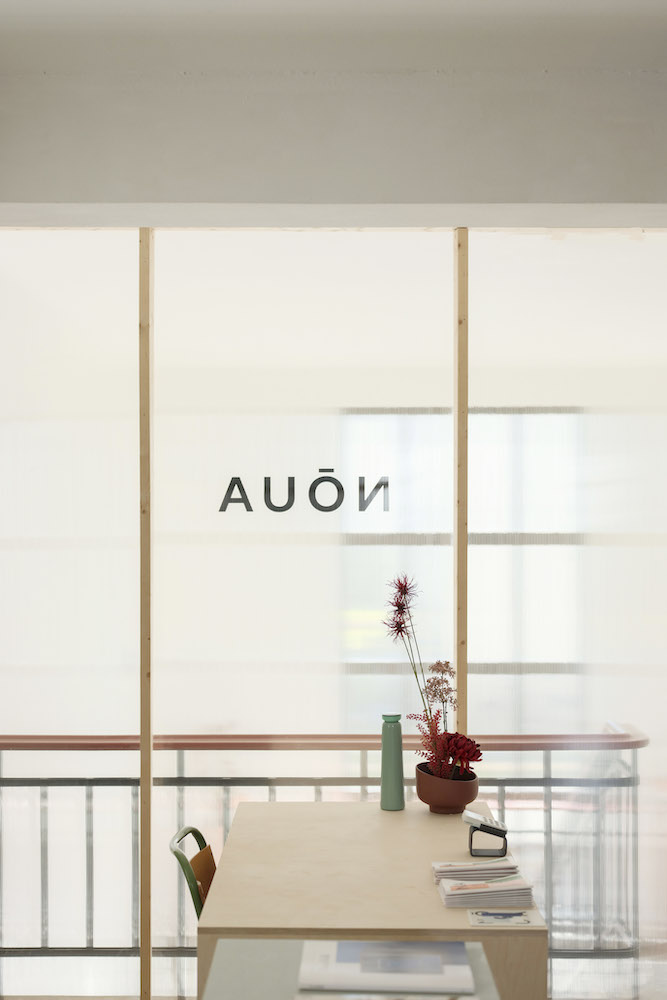
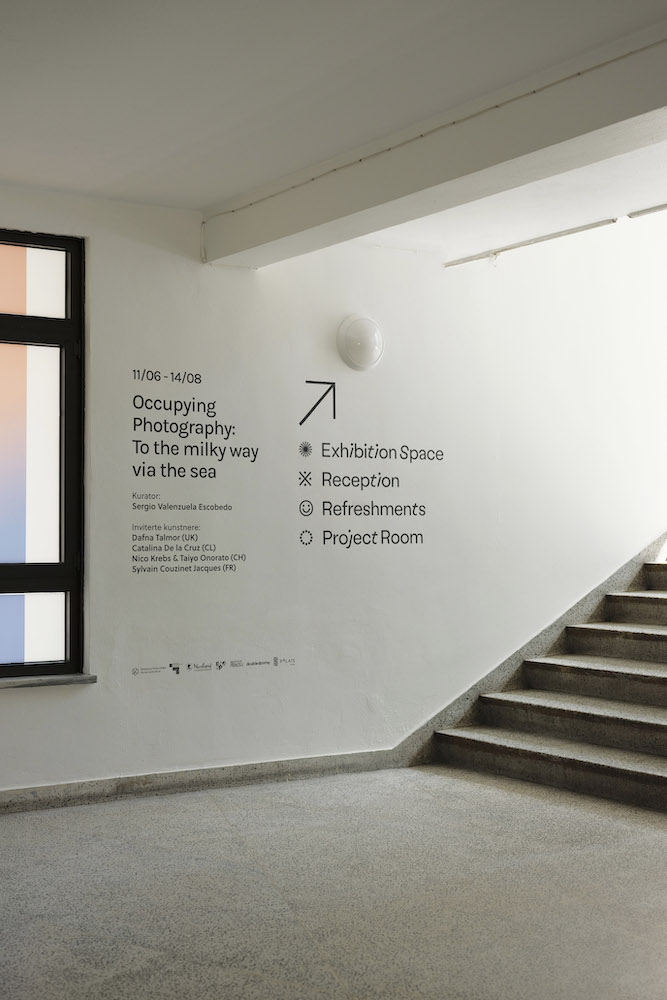
European Capital of Culture in 2024. Momentum may be building for NŌUA, but its origins were largely organic. Having met during photographic studies in London, Bjørnmyr and Mariner tussled with the idea of moving to Oslo or Bergen before settling on Bodø, Bjørnmyr’s hometown, in 2016. A small co-working space soon became impractical, especially the need to outsource their production to either Oslo or London – regrettably, over 90 per cent in their first year. “We knew that if we wanted to live in a place like Bodø, we needed a studio that catered for everything,” Bjørnmyr explains. But only during their search for a workspace did the idea of NŌUA emerge. She adds: “We realised that in a city with a small art environment, we wanted a space to meet people. So NŌUA developed more as an audience than a production space – the studios became second fiddle, hidden away underground.”
It was a gradual start, initially opening in the cafe space in 2017 with a series of talks and photobook events before, by chance, the upstairs space became available through the Bodø Capital of Culture scheme, in 2021. (Several months on, the ‘test year’ has become a permanent operation). “We’re obsessed with photobooks, so we used them as an entry point into the photographic narrative,” says Mariner. The reception from locals exceeded all expectations. “The work and the research that goes into storytelling or investigative projects – that’s what surprised most people. We had some come and pick apart photobooks for hours,” says Bjørnmyr. “Having an archive of books has allowed many artists and projects to be accessible to our audience. It’s something you really can’t do with exhibitions.”
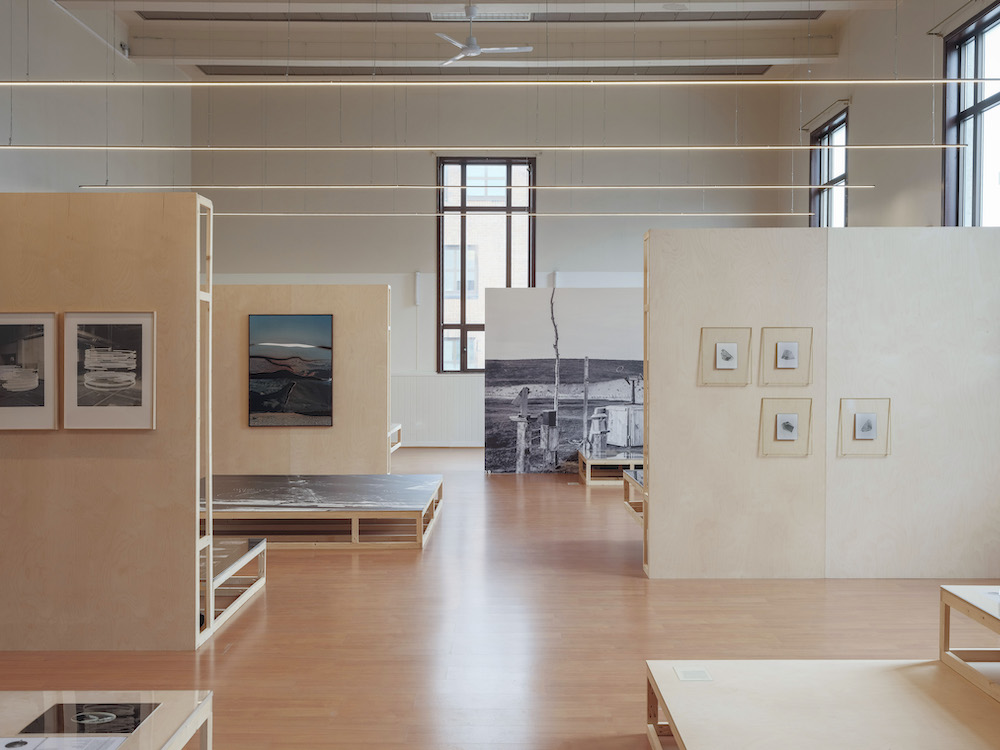
Gallery lights were first to go in. Then bespoke modular walls designed by artist Tom Lovelace, modelled on his work for Peckham 24. “We had a vision, and we could have spent three years renovating, but we chose to get some life in there – to get moving,” recalls Mariner. This year, new floors will be installed in the brief periods between exhibitions. “It’s a long-term project, but we want to include the audience within that,” adds Bjørnmyr.
Indeed, such is the desire to carry the audience through the renovation that the curatorial theme for 2023 is Construct, Reconstruct – a varied programme of solo and group shows, including the likes of Clare Strand and Alexander Mourant. “We think it’s going to work really well in the space – it’s going to be very installation-based, not necessarily just imagery on the walls,” says Mariner. This intention to showcase the full spectrum of the photographic medium, both in concept and approach, has been a founding principle for NŌUA; a bold ambition given their remote context. “Bodø is tricky as there is no natural reason for moving here as an artist – no art academy or big institutions. And [contemporary photography] is such a new scene in the region – very few institutions focus on it in Norway,” explains Bjørnmyr.
NŌUA’s drive to break down these barriers has seen it hosting everyone from representatives of the Nordic Council of Ministers to local office teams for a glass of wine on a Friday night, to children for book-making workshops, and groups of 16–22-year-olds for artist-led tours – to “inspire young people to go to art universities,” says Bjørnmyr. The idea is “to show people that art doesn’t have to be an elite thing,” adds Mariner. “Just come: whoever you are or whatever you do, it’s not scary. And it has worked – we now have a much younger and more diverse audience.” What the pair had not imagined was the unique perspective that this unlikely artistic setting would bring. “Here, the audience is so diverse, from all different fields – architecture, design, music, archaeology – so you have this fantastic engagement academically around art and culture,” says Mariner.
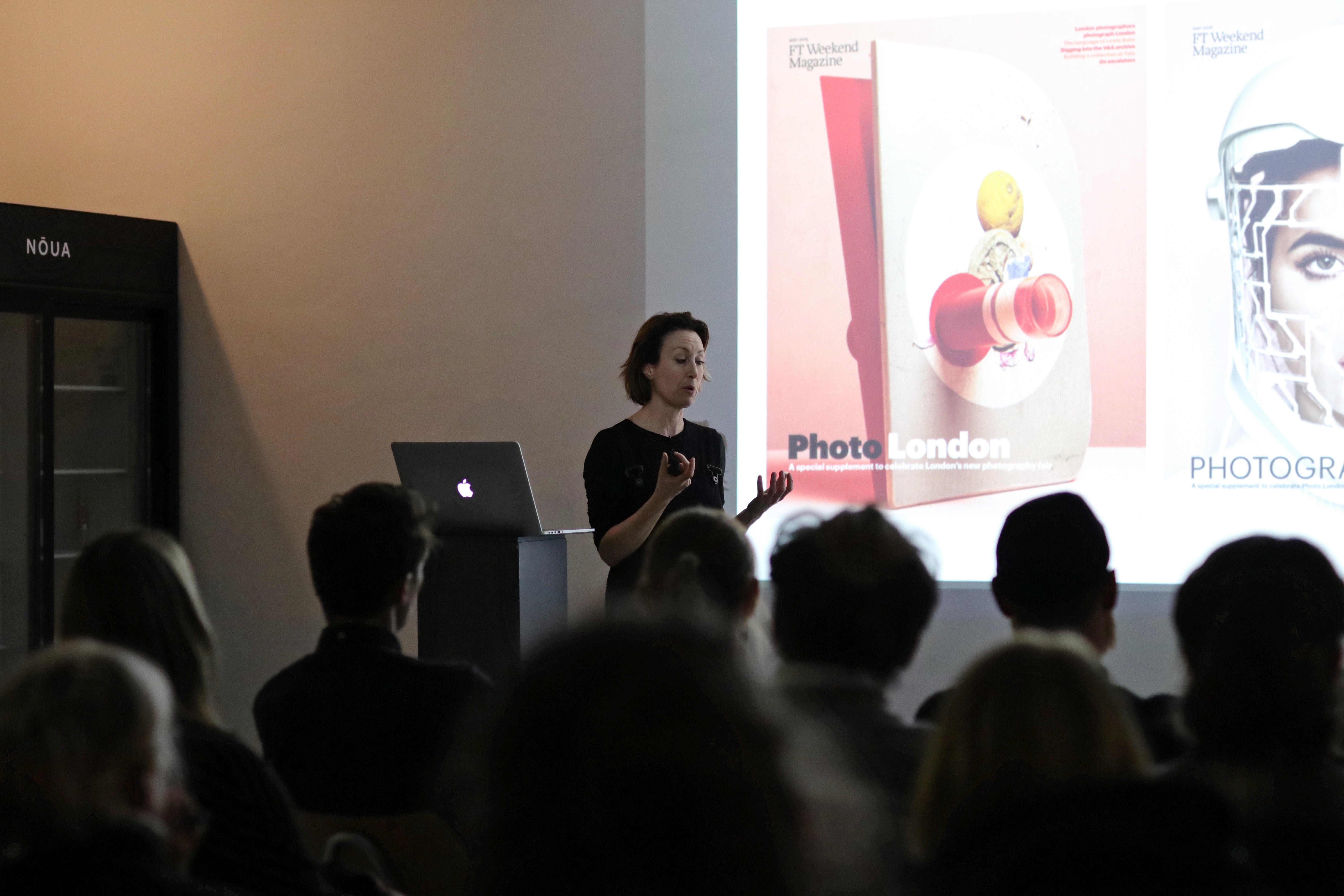

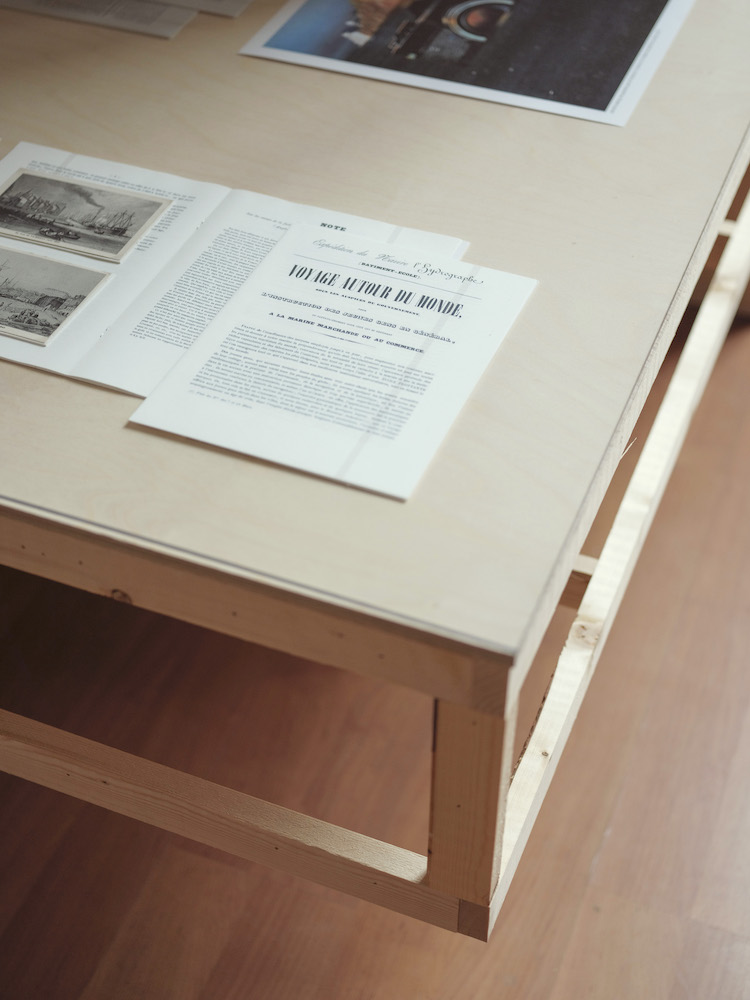
“Artists often tell us after an opening that it’s refreshing to meet people who understand the theme that they’re working on from different professional backgrounds,” adds Bjørnmyr. “It’s developing lots of good conversations.” And so, conversation by conversation, the cultural landscape is flourishing around NŌUA. For Bjørnmyr and Mariner, the strengthening of community extends not only to their local audience, but to fellow founders of creative projects. The goal is “to inspire other institutions – by finding new ways for making art, raising questions, or coming up with solutions that can motivate other people,” says Bjørnmyr. “In the last four years, you feel a big change here,” continues Mariner, “whether in terms of attitudes or younger people moving here – or back after education.”
More profound still is the shift in perceptions around creativity at large. Bjørnmyr is buoyed by how each conversation is contributing to an “understanding of the value that art brings: the things that make people move to a city, or make people happy. Art and culture bring so much that can’t be measured with money,” she says. Mariner adds: “After the pandemic you really value what culture is. It’s not just art – it’s music, food, social gatherings. It’s so important for life.” NŌUA is at the centre of this cultural swell in Bodø, with noble international ambitions serving only to strengthen local roots. “The challenge now is how to maintain everything after 2024,” says Bjørnmyr. “We’re looking at a totally different world where we need to find a way to be sustainable for a long time.” If the first five years are a barometer, we safely forecast many bright seasons ahead.

